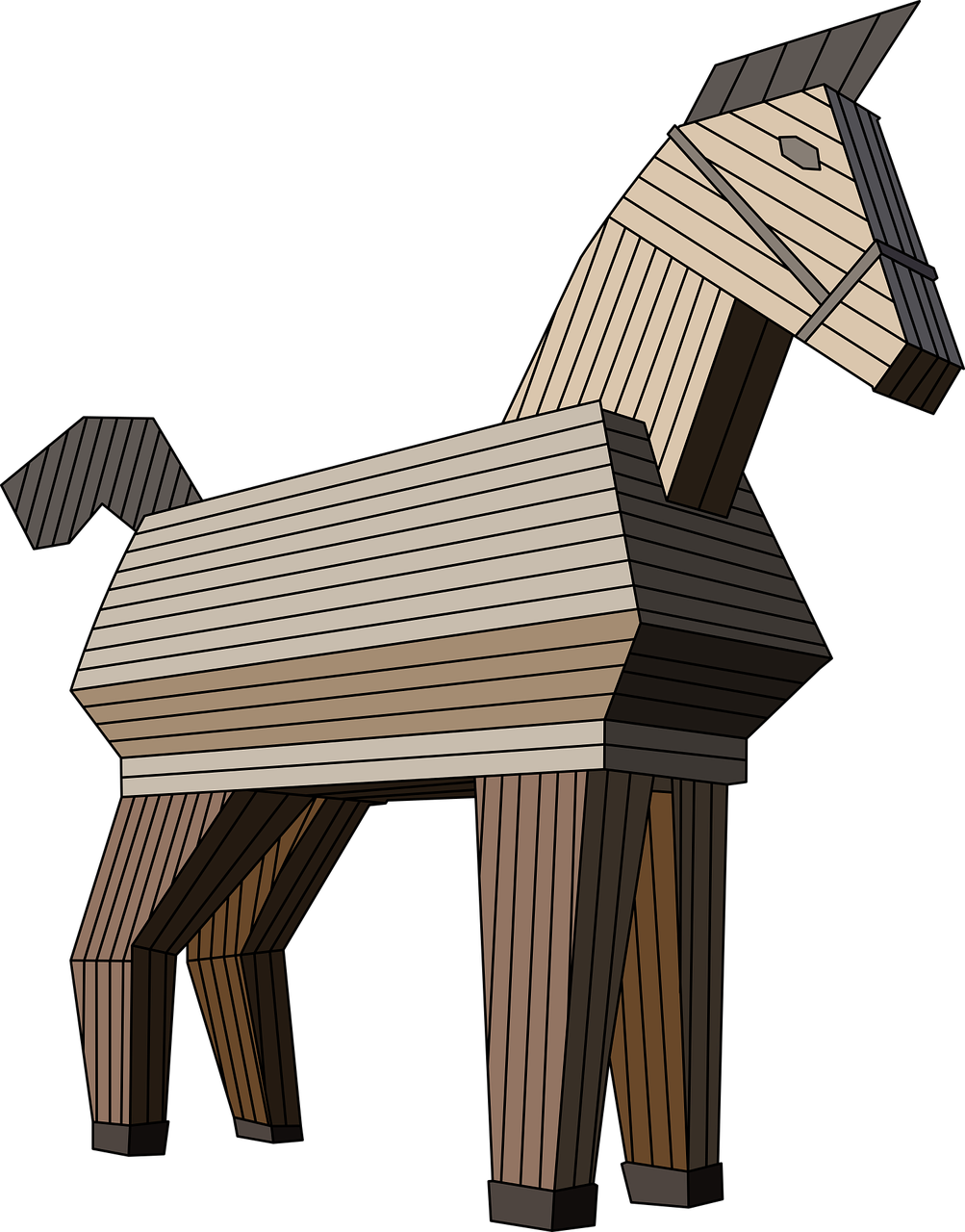November 9, 2023

Troy—the ancient city that looms larger than life for its role in the Trojan War as documented in the epic poem the Iliad—has long been the object of curiosity about the intersection of myth and reality. Archaeology helps to bridge that knowledge gap by ground truthing with physical evidence the actions and remains of past societies. But with multiple excavations spanning back 150 years—can archaeology still bring new things to light about the site of Troy?
Richard C. MacDonald Iliad Endowment for Archaeological Research Grant winner Donald Easton recently published an article along with Bernhard Weninger in the journal Documenta Praehistorica to share the results of their AIA grant funded radiocarbon dating work that revisits a portion of the stratigraphy and chronology of Troy that was established by Carl Blegen and his team from the University of Cincinnati during excavations in 1932-1938.
Radiocarbon dating was developed in the late 1940s by Willard Libby of the University of Chicago and while it is a standard archaeological analysis tool today, Carl Blegen and his team were too early to benefit from the technology when they first set out to make sense of what Heinrich Schliemann left behind from his excavations in the 1870s and 1880s.
With permission from the University of Cincinnati, Easton and Weninger were able to conduct radiocarbon dating on animal bone samples excavated by Blegen and his team in the 1930s and compare them to samples taken from more recent excavations by the University of Tübingen. While the University of Tübingen is still completing their final report for this very complex site, Easton and Weninger weigh in with radiocarbon evidence to discuss whether, between the Troy IV and Troy III stratigraphic layers observed by Blegen, there is a chronological gap. Such a gap, if it exists, might plausibly be bridged by some of the deposits isolated by the Tübingen excavations which would then, in effect, constitute a new period. Read the full open access article to learn more about their findings: https://journals.uni-lj.si/DocumentaPraehistorica/article/view/13525